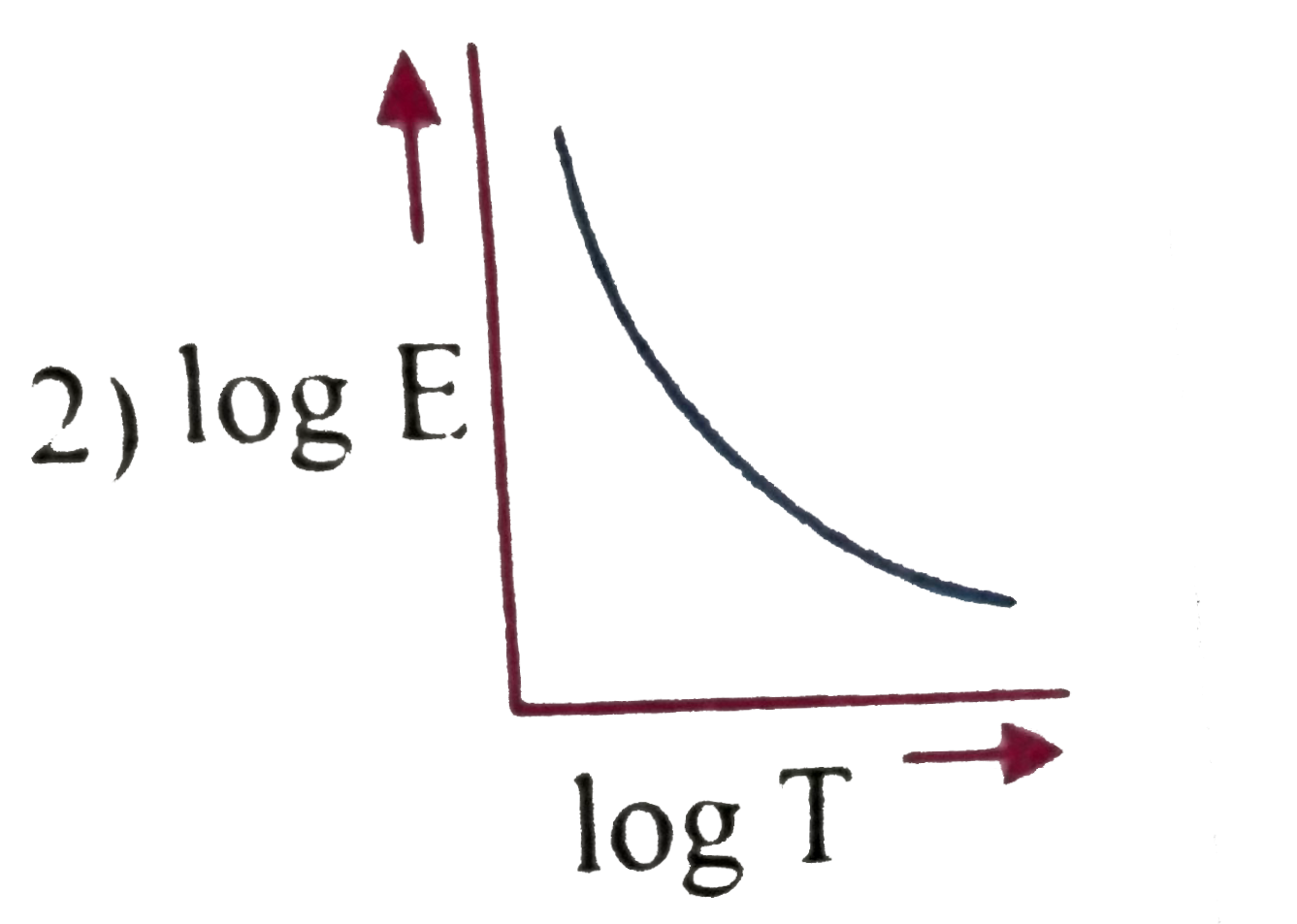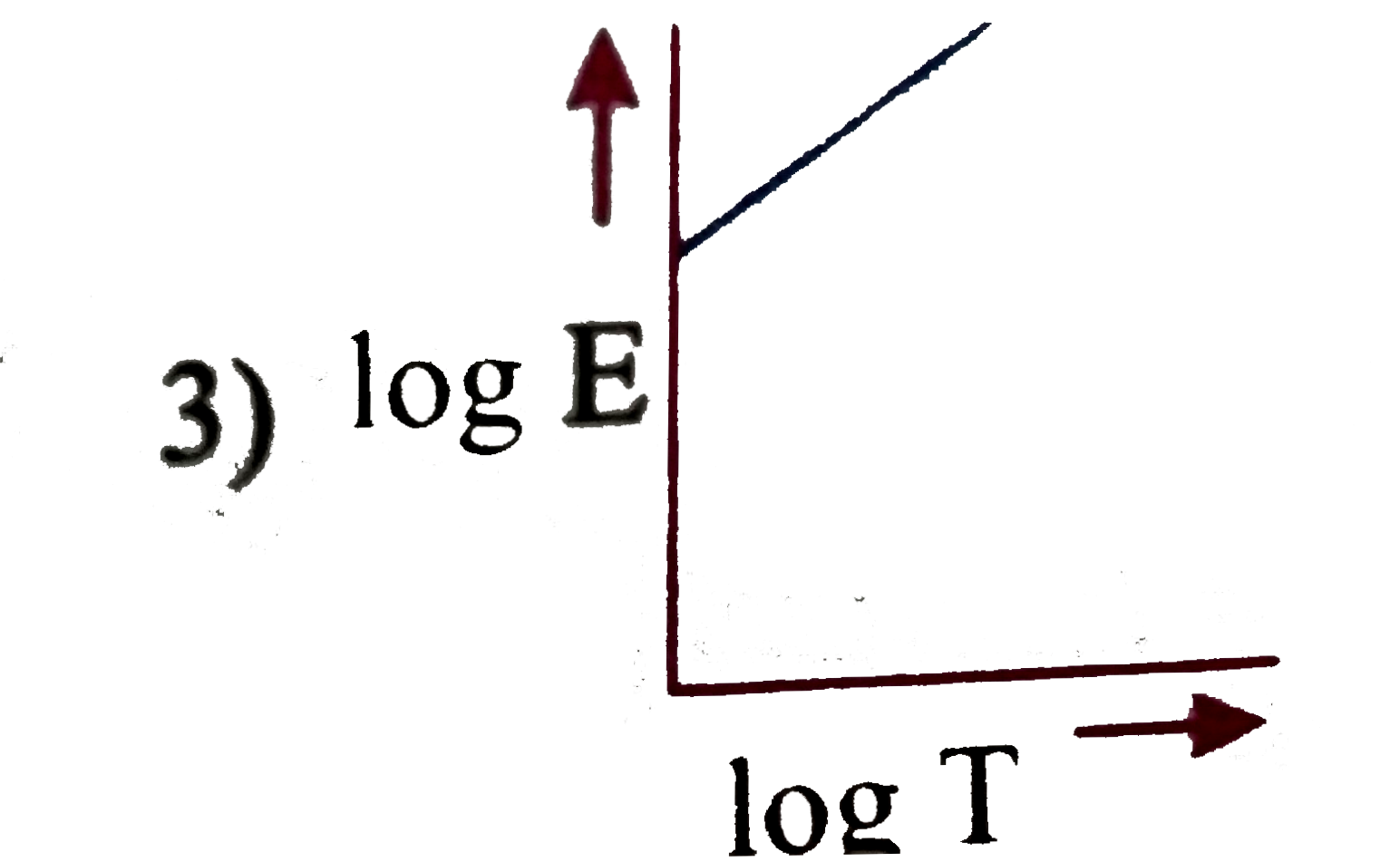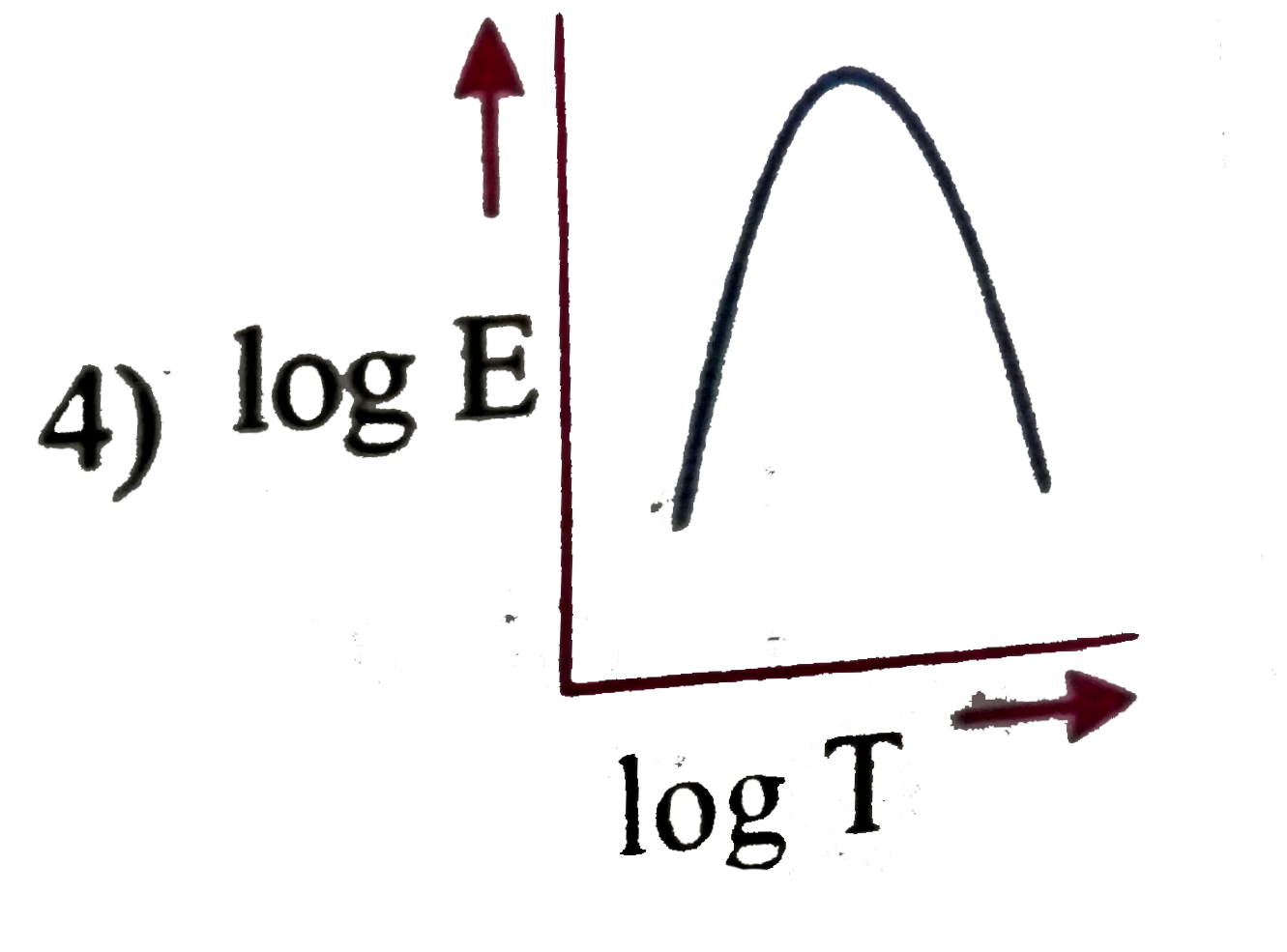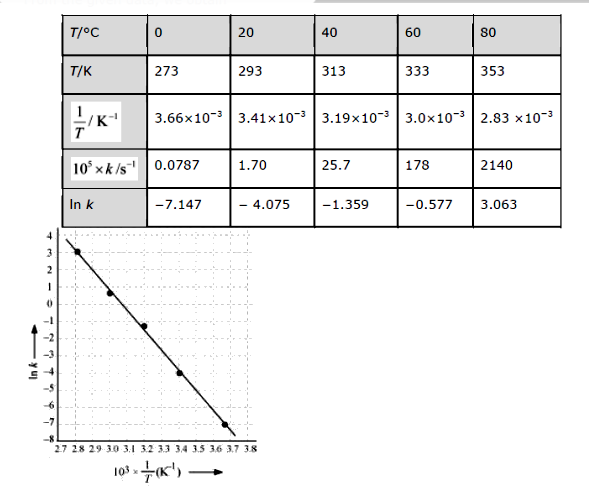The rate constant for the decomposition of N2O5 at various temperatures
is given below:

Draw a graph between ln k and 1/T and calculate the values of A and
Ea. Predict the rate constant at 30∘ and 50∘C.
Topper's Solved these Questions
- CHEMICAL KINETICSBOOK - NCERTCHAPTER - CHEMICAL KINETICSEXERCISE - Exercise
1 Videos
- CHEMICAL KINETICSBOOK - NCERTCHAPTER - CHEMICAL KINETICSEXERCISE - SOLVED EXAMPLE
1 Videos
- BIOMOLECULESBOOK - NCERTCHAPTER - BIOMOLECULESEXERCISE - Exercise
33 Videos
- CHEMISTRY IN EVERYDAY LIFEBOOK - NCERTCHAPTER - CHEMISTRY IN EVERYDAY LIFEEXERCISE - Exercise
32 Videos
Similar Questions
The rate constant for the decomposition of N2O5 at various temperatures is given below:

Draw a graph beetween In k and 1/T and calculate the values of A and Ea. Predict the rate constant at 30∘ and 50∘C
View SolutionThe rate law for decomposition N2O5 is rate =k[N2O5]
What is the significance of k in the equation?
View Solution
Knowledge Check
The first order rate constant for the decomposition of N2O5 is 6.2×10−4sec−1. The t1/2 of decomposition is
A1117.2B111.7C223.4D160.9If the rate of emission of radiation by a body at temperature TK is E then graph between log E and log T will be .
A B
B C
C D
D
The first order rate constant for the decomposition of N2O5 is 6.2×10−2s−1. The half-life period for this decomposition is
A223.4 sB1177.7sC11.177sD160.9 s
The rate constant for the decomposition of N2O5 at various temperatures
is given below:

Draw a graph between ln k and 1/T and calculate the values of A and
Ea. Predict the rate constant at 30∘ and 50∘C.
View SolutionThe rate law for the decomposition of N2O5 is given as: Rate =k[N2O5]. What is the significance of k in the equation?
View SolutionThe rate law for decomposition N2O5 is rate =k[N2O5]
What is the significance of k in the equation?
View SolutionThe first order rate constant for the decomposition of N2O5 is 6.2×10−4s−1. The half-life period for this decomposition is
View SolutionThe rate constant for a first order decomposition reaction is given by log K=10 - 1000/T .Then,what will be activation energy in kcal/mol?
View Solution

